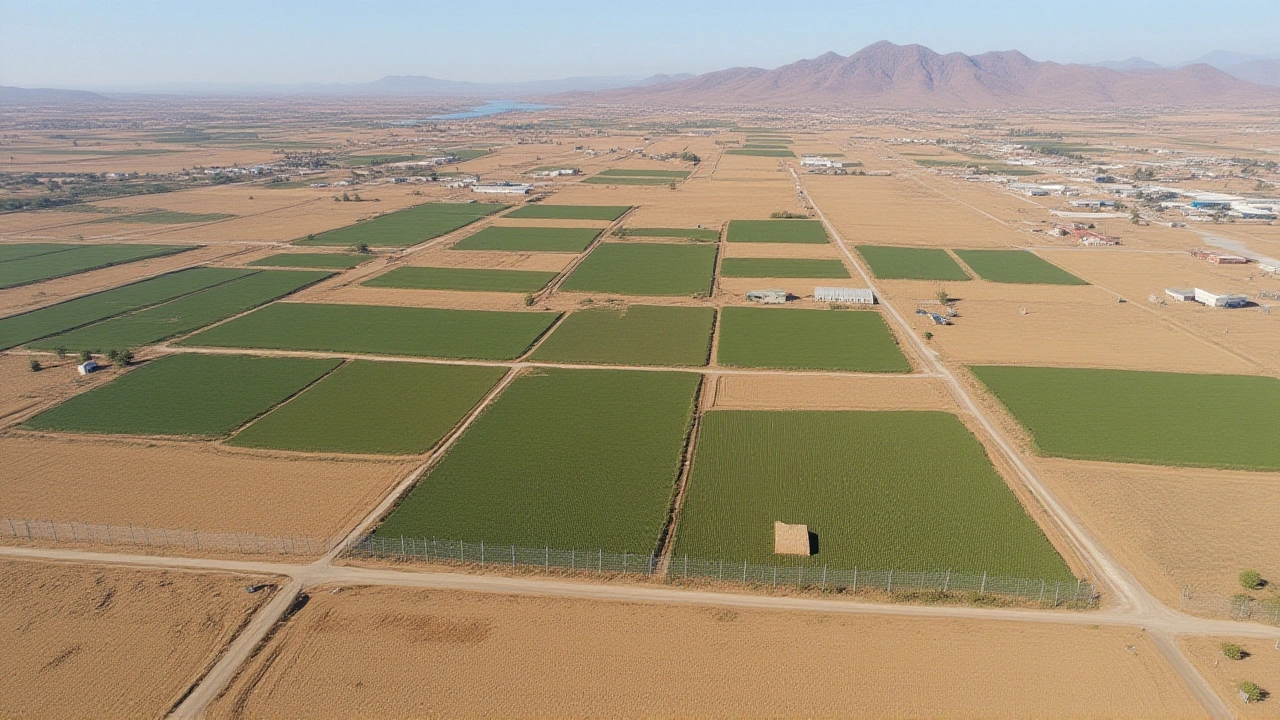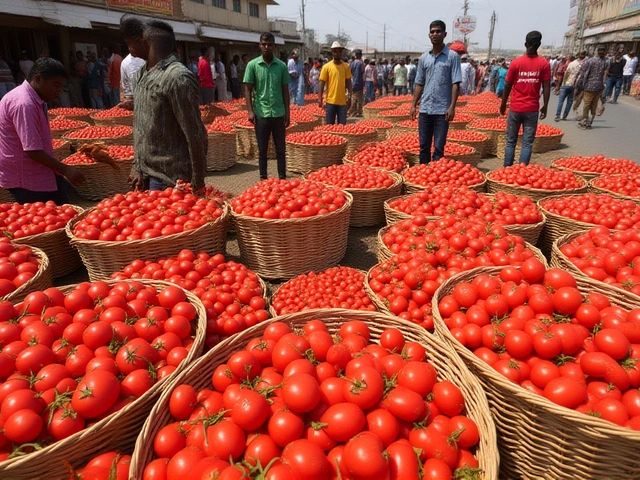Eskom News and Tips: What South Africans Need to Know
Eskom dominates the energy conversation in South Africa. Whether you’re dealing with rolling blackouts or curious about the company’s future plans, this guide gives you the essentials in plain language.
Why Eskom’s Load Shedding Keeps Changing
Load shedding isn’t a mystery – it’s a response to a gap between electricity supply and demand. When power plants can’t meet the load, Eskom divides the country into stages. Stage 1 means a few hours off per day; Stage 4 can cut power for up to ten hours in a single region. The stage you see depends on plant outages, fuel availability, and weather. Recent droughts have hit hydro‑electric output, while maintenance backlogs keep several coal units offline.
Because the grid is a moving target, Eskom updates the schedule multiple times a week. Checking the official app or your local municipality’s website is the quickest way to stay ahead. Most mobile alerts arrive an hour before the cut, giving you time to save work or charge devices.
Practical Ways to Deal With Power Cuts
When the lights go out, a few quick habits can make life smoother. Keep a rechargeable power bank charged and store a small solar charger for phones. A simple hand‑crank flashlight is cheaper than a generator and works without fuel. If you rely on medical equipment, talk to your provider about backup options well before the next stage hits your area.
For families, a ‘power‑off’ routine helps. Turn off non‑essential appliances, unplug devices that draw standby power, and set the fridge to a slightly higher temperature to reduce compressor strain. Many households find that moving perishable food to a cooler with ice packs during a Stage 3 or 4 cut keeps it fresh without a full‑time generator.
Businesses can mitigate losses by installing an uninterruptible power supply (UPS) for critical computers and servers. A small diesel or gas generator, sized correctly, can keep essential operations running during longer outages. Remember to service generators regularly; a neglected unit can fail when you need it most.
Looking ahead, Eskom is rolling out several projects aimed at stabilising supply. New gas‑flame turbines are coming online, and the government is encouraging renewable‑energy investments through the Renewable Energy Independent Power Producer Procurement Programme (REIPPPP). These steps won’t fix the crisis overnight, but they promise a more balanced grid in the next few years.
In the meantime, staying informed is the best defense. Follow Eskom’s official channels, sign up for SMS alerts, and keep an eye on local news for any sudden changes. With a little preparation, you can reduce the inconvenience of load shedding and keep your home or business running smoothly.
A new pilot project in the Berg River Valley is giving local farmers a way around relentless loadshedding. Partnering with Eskom, the scheme blends solar, battery storage and smart irrigation controls. Early results show reduced power cuts and steadier crop yields. The initiative could become a template for other rural water users facing South Africa's energy crisis.






